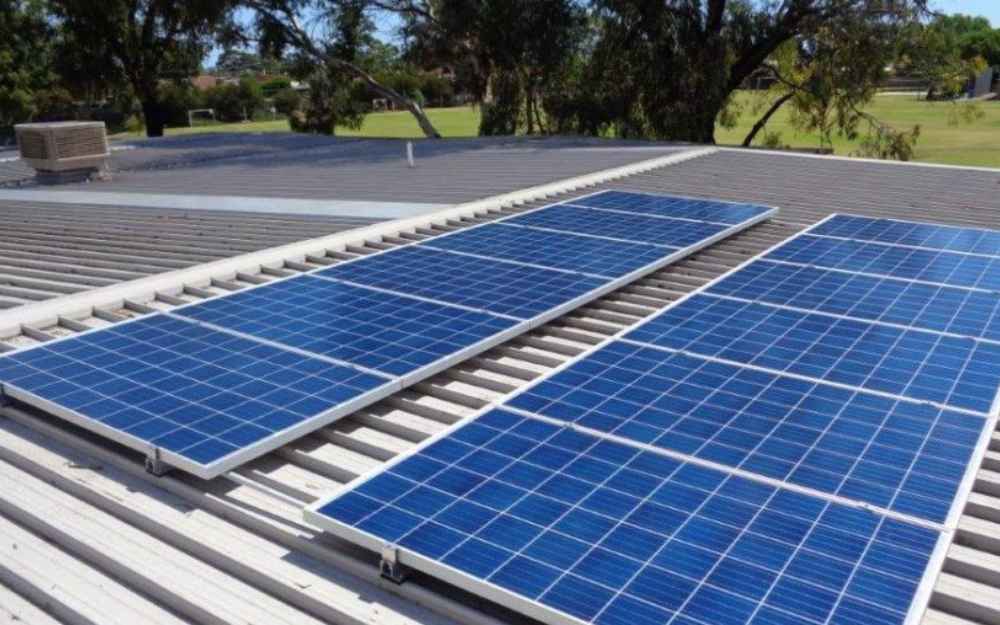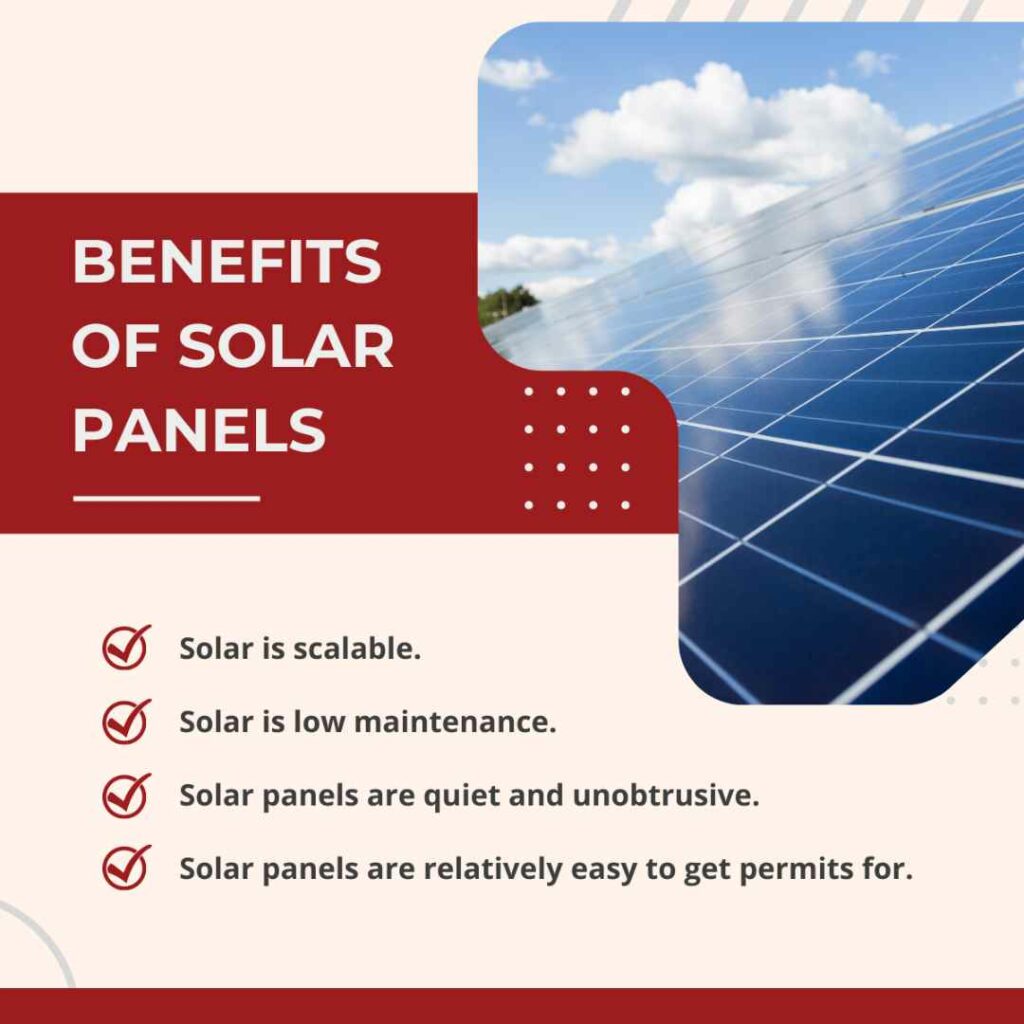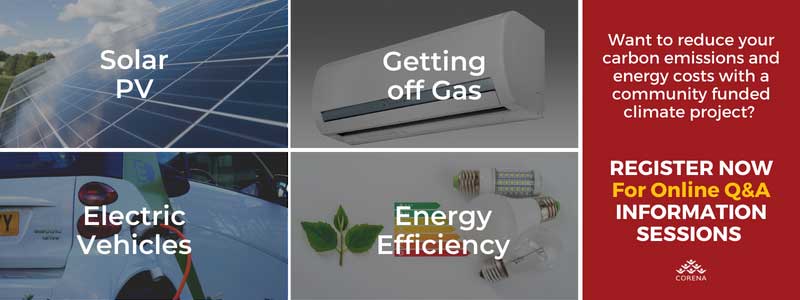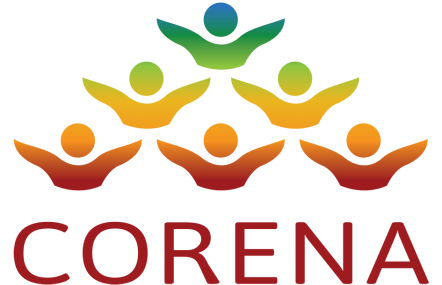Over recent years renewable energy has been promoted as one of the key ways individuals and organisations alike can reduce their carbon footprint and tackle the climate emergency. Most non profits are well aware of the benefits of installing solar panels but is it possible to use other types of renewable energy as well? We put together this guide explaining the different types of renewable energy and what makes a particular type of electricity generation sustainable and practical to use in your organisation.
What Is Renewable Energy?
Renewable energy is the product of natural activities and sources such as wind, water, geothermal, and sunlight. This type of energy is for the most part inexhaustible, continually replenished and will never run out, irrespective of how much of it is used. Thanks to the supply being practically limitless, it can be considered renewable.
This is in contrast to the non-renewable sources that we currently use, oil, coal, gas, and even nuclear power. This type of energy is based on finite resources that will eventually all be completely used up and contributes to climate change.
Key Benefits of Renewable Energy
In addition to being sustainable, renewable energy sources are far friendlier to the environment and better for the planet. The burning of fossil fuels creates greenhouse gases, such as carbon dioxide, which contribute to climate change. Other emissions they produce also pollute the air we breathe, which can aggravate respiratory conditions such as asthma, bronchitis, emphysema, and even lead to other health issues such as cancer.
Decarbonisation and environmental benefits aside, energy produced by renewable sources such as solar PV systems can help to reduce energy costs for consumers.
With a switch to renewables, we can become more energy self-sufficient and in some cases even produce more than we need which can then be exported to the grid for others to benefit from, further contributing to reducing carbon emissions.
Solar Energy As A Renewable Energy Source In Australia
Thanks to its environmental and cost saving benefits, solar panel uptake is increasing across homes and businesses in Australia. In fact, Australia is is among the world’s highest with one in four homes having solar panels. This is helped by Australia leading the world in average solar radiation per square metre — not surprising for a continent blessed with so much sunlight!
The main type of solar energy in use is solar photovoltaic, which is a technology that transforms sunlight straight into electricity using photovoltaic (PV) cells contained within a solar panel. Concentrated solar thermal is another type of solar power that uses lenses to concentrate sunlight, which produces steam to drive a turbine. This technology is still in its developmental stages.

Key Benefits of Solar Panels
Why are solar panels such popular, eco-conscious choices?
Once installed solar panels produce energy directly from the sun and provide a clean, sustainable and practically free source of energy which can be used for lighting, heating, electrical appliances and even charging electric vehicles. What’s more, the cost of solar panels is falling in Australia and throughout the world. Plus, solar panels have several other unique benefits that make them an ideal renewable energy choice in urban environments.

Solar panels are quiet and unobtrusive: As most solar panels don’t have any moving parts, they don’t make any noise. Solar system installations also contain string inverters, which convert the direct current from the panels to the alternating current, which most appliances use. These can make a slight hum.
Solar panels are relatively easy to get permits for: Although it might need planning permission and/or a building permit, it is usually a lot more straightforward than other types of renewable energy such as small-scale wind turbines.
Solar is scalable: This means the number of solar panels can be increased according to your organisation’s roof or building size. When you increase the number of panels, you can also increase the amount of energy you’re generating. Any excess energy can be exported to the national grid or stored using batteries. However, we normally encourage organisations to use all of their own solar energy during the day when the sun is shining and power demand is normally greatest.
Solar is low maintenance: You may be concerned that solar panel systems need a lot of maintenance. Once installed, solar panels are easy to look after and have the potential to last for many years with minimal issues.
Learn more in Solar Panels – A Guide For Non Profits
Additionally, there are a couple of other not-so-commonly considered benefits:
Solar panels can power EVs: Learn more in How To Make The Most Of Your Solar Panels To Charge Electric Vehicles
Solar & battery systems can improve resilience: Learn more in How Organisations Can Strengthen Their Energy & Climate Resilience
Other Types Of Renewable Energy
We have talked extensively about solar as a renewable energy source. Here are some others…

Wind energy: Specially designed turbines ranging in size harness the power of the wind. Large scale wind farms are an important part of a renewable energy mix as they generate at different times to solar panels
On a small scale however, it is difficult for them to compete with solar panels. They need to be placed in areas with a good wind resource and this is often not the case in urban areas where trees and buildings interrupt the air flow. At a small scale they also cost more for the energy generated making solar panels a more economic choice.
Hydropower: This is one of the oldest and best-known renewable energy sources. Hydropower uses moving water to produce power. Usually, there are dams involved, but unfortunately this can result in large areas of land becoming flooded and other negative consequences for the environment. Some countries, such as New Zealand, get most of their electricity from hydropower.
Bioenergy: This is renewable energy that comes from organic material like waste, wood chips or pellets. It can also be generated from gas emitted from decomposing organic matter such as food waste or farming effluent. This gas can be burnt as a fuel directly or used to generate electricity. Biomass can also be burnt directly in biomass boilers. Unfortunately, even though renewable, some of the uses of bioenergy still have a carbon footprint. Despite this, cleaner bioenergy techniques are increasing in Australia.
Geothermal power: This refers to the energy coming from heat stored beneath the earth which can be used to create steam which drives a turbine to generate electricity. Geothermal electricity generation is not commonly used in Australia where the geothermal energy resource is limited.
Geothermal heating and cooling is used more often, where the difference in temperature below the ground is used to run a form of heat pump for space and water heating.
Ocean energy: Ocean energy is a blanket term referring to all types of renewable energy coming from the sea. Currently, it involves these types of ocean technology: wave, tidal, and ocean thermal. Their use is in its early stages, although there are deployments of them throughout the world.
Hybrid Renewable Energy: Hybrids are combinations whereby one form of renewable energy source is complemented by another. E.g. Solar panels with small scale wind turbines.
Learn more in Australia’s Renewable Energy Revolution
Which is the best type of renewable energy?
At present, solar panels are the most viable and popular type of renewable energy in Australia for non profits and small businesses. It is environmentally friendly, economical, readily available, and easy to maintain, once installed. However CORENA is open to considering projects with community energy groups or other organisations working on alternative and innovative renewable energy projects. Get in touch with us if you would like to discuss your idea.
More Information
The Climate Council is a good resource to refer to with regards to renewable energy in Australia and publishes research reports on issues such as extreme weather, climate solutions, health, coal closure and international action.
Solar Panels Funding for Non Profits
CORENA, can provide free technical advice and zero interest funding to not for profits, charities, community organisations and social enterprises looking to reduce their emissions and green their energy consumption. We are funded by donations from local community members across Australia. Donations help us fund:
- Solar Panels
- Installing energy efficiency measures such as switching to efficient alternatives or installing insulation
- Getting Off Gas – Replacement of fossil gas appliances with electric alternatives
- Electric Vehicles
- A combination of the above
Learn more in 5 Ways CORENA Helps Non Profits Reduce Carbon Emissions & Energy Costs
Interest Free Solar Panels Loan For Non Profits, Community Organisations, Charities, & Social Enterprises
You don’t pay any interest on your CORENA loan, and the quarterly loan repayments are set to be a little less than the savings on your operating costs averaged over a year. This means you are never out of pocket. After your loan is fully repaid, you will reap the full financial benefit of having lower operating costs.
To learn more, check out how to apply for a loan, or register for one of our upcoming Online Q&A Information Sessions.


